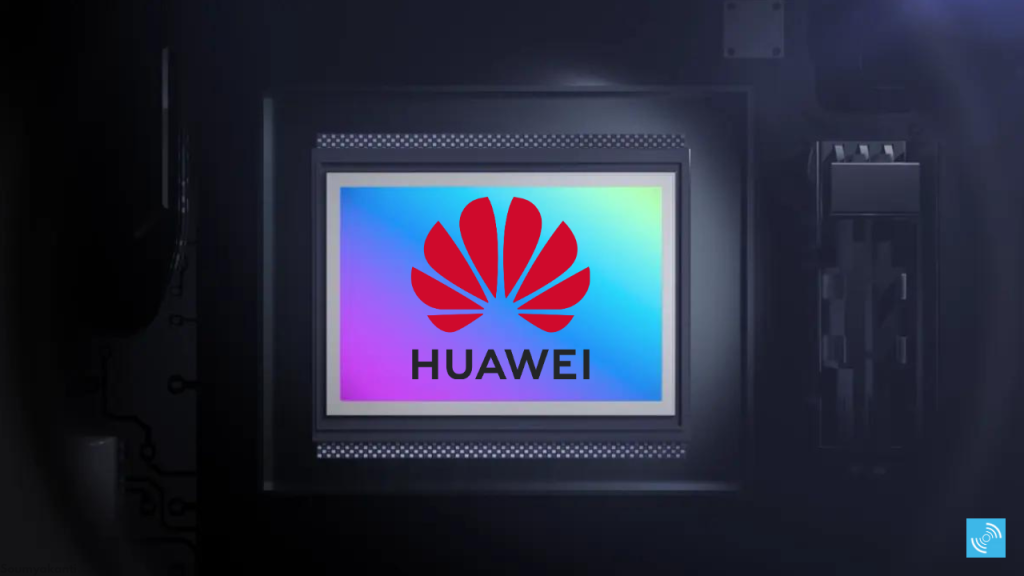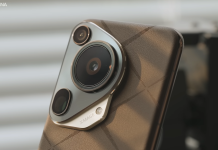Huawei is venturing into developing its own CMOS image sensor, a move triggered by sanctions that led to a rift between Huawei and its lens supplier, Sony. According to a Weibo tipster, the development process spans from wafer to chip, incorporating several innovative alterations, notably in thinning stop layers associated with epitaxial layers. These innovations enable compatibility with prevalent back-illuminated (BSI) technology.

Huawei’s Reason for Creating New CMOS Sensor
When sanctions hit Huawei, Sony, the original supplier of image sensors, halted their shipments, affecting both companies. Sony sought permission to resume supplies, but their relationship with Huawei had already strained. Consequently, Sony’s annual revenue experienced a multibillion-dollar dip due to the suspension of CMOS sales to Huawei.

This venture is not exclusive to Huawei; numerous domestic manufacturers in China are exploring the development of their own CMOS sensors. Back in January last year, at CES 2022, another Chinese brand, OMNIVISION, unveiled a 200-megapixel CMOS sensor, dubbed OVB0B. It boasts a resolution of 16384×12288 pixels, holds the record for the world’s smallest pixel size at 0.61μm, and features a large 1/1.28-inch sensor size. It can also output 12.5 million pixels following 16:1 binning, equivalent to 2.44μm.
The recently launched Huawei Mate60 series could potentially be among the last to use Sony sensors, as there is anticipation that the upcoming P70 series or Mate70 series may introduce Huawei’s new self-developed CMOS image sensor.
Huawei’s venture into self-developed CMOS technology, along with innovations like the Kirin 9000S, represents a significant step forward for the company, bringing promising advancements to its product line.
RELATED:
- Huawei Mate X5 also gets an official liquid cooling case
- No, Huawei employees didn’t receive Mate 60 smartphone at Mid-Autumn Festival
- Top Tech News From Last Week: iPhone overheating, Huawei’s new brand, & More
- Xiaomi 13 Pro vs Xiaomi 13T Pro: Specs Comparison
- Xiaomi 13T vs Xiaomi 13T Pro: Specs Comparison
- Download the best GCam APK for OnePlus Nord CE 3 5G







